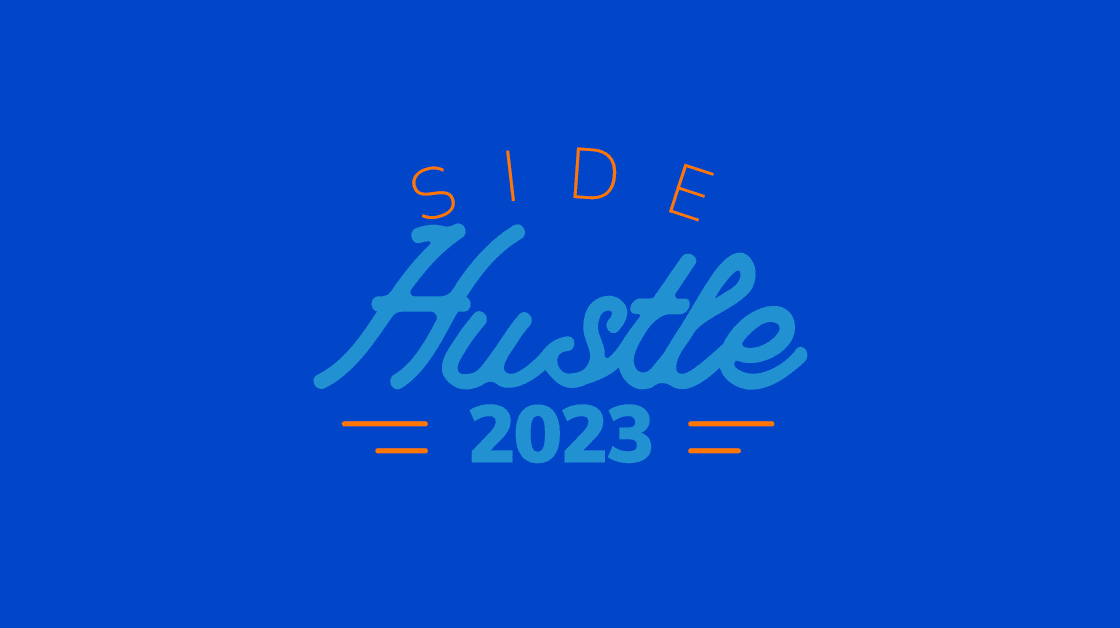
With prices for everyday items on the rise and most Americans facing the tightening of their belts, people are searching for creative ways to increase their income. After exhaustingly checking the sofa cushions for coins, many people have turned to gig work to help make ends meet. As a result, the gig economy has rapidly transformed the traditional workforce, with more and more individuals seeking freelance work to supplement their income. In fact, a recent study found that nearly half of American workers have a side hustle and are participating in the gig economy in some capacity.
While oft ample access to side hustles is undoubtedly beneficial for workers seeking additional income and flexibility, it can sometimes create tension in their “main job” workplace. Employers and managers are not always accepting of an employee’s “side hustle.” However, there are many compelling reasons why HR leaders and hiring managers should embrace the gig economy and support their employees in their entrepreneurial endeavors.
First and foremost, you’re probably already using freelancers to augment your staff and support your business’s growth. By bringing in contract workers but not celebrating a gig-economy mindset internally, you may be inadvertently creating unnecessary tension within your team. Your employees may start to fear dismissal or build anxiety over the future of their position. Concerned employees may avoid integrating the contractor into the team to shackle the outsider’s performance or to prevent the sense that they’re training their replacement. In an economic climate where layoffs are commonplace, keeping employees happy and feeling secure will help them remain productive. Allowing them to moonlight with other organizations will help them embrace the contract workers you add to your ranks to help you solve your business problems, complete projects, or add specialized skills to your core team.
Additionally, supporting employees with side hustles can help organizations attract and retain top talent. By offering flexible work arrangements and recognizing the value of employees’ entrepreneurial pursuits, organizations can create a culture that is attractive to high-performing individuals. Many of the best workers are seeking employers who can offer them more than just a steady paycheck. Therefore, when competition for top talent is fierce, flexible work schedules and out-of-box management may be an appealing differentiator. In addition, by embracing the gig economy, HR leaders and hiring managers can position their organizations as forward-thinking and supportive of their employees’ goals and aspirations.
Furthermore, supporting employees with side hustles can also benefit organizations in terms of innovation and creativity. Many gig economy workers are self-starters and entrepreneurs. These employees constantly seek new opportunities, experiences, and ways to improve their skills. HR leaders and hiring managers can tap into this spirit of innovation and creativity by allowing employees to pursue their own entrepreneurial projects. These external experiences can lead to new ideas, products, and services that help organizations stay competitive and relevant in today’s fast-paced business world.
Another critical cultural trait organizations should embrace is trust. When employees feel that they are able to pursue their own interests and passions outside of work, they are more likely to feel trusted, engaged, and committed to their jobs. This sense of empowerment leads to more open exchanges of new ideas, higher levels of productivity, and greater job satisfaction, which can ultimately benefit the organization as a whole. By demonstrating trust and support for employees’ side hustles, managers can build stronger relationships with their employees and create a workplace culture characterized by openness and transparency.
Of course, some potential challenges come with supporting employees with side hustles. For example, concerns about conflicts of interest, confidentiality, or even burnout may exist. However, within a culture of trust, HR leaders can work with employees to identify potential conflicts of interest and establish guidelines for managing them. Even before those conversations are necessary, the organization should create well-defined policies and procedures to outline and define acceptable external engagements.
Similarly, by encouraging employees to set realistic goals and expectations for their side hustles, organizations can help mitigate the risk of burnout and ensure that employees can maintain a healthy work-life balance.
The bottom line is that the gig economy is here to stay. Therefore, HR leaders and hiring managers must determine how to react to this new reality. Of course, companies could choose to vilify side work; however, by supporting employees with side hustles, organizations can attract and retain top talent, foster innovation and creativity, and build a culture of trust and transparency. While some challenges may be associated with this approach, the benefits far outweigh the risks. By working collaboratively with employees to establish clear guidelines and policies, HR leaders and hiring managers can help to ensure that the side hustles work for everyone. Ultimately, by embracing the gig economy, organizations can position themselves as industry leaders and create workplaces characterized by flexibility, creativity, and innovation.




